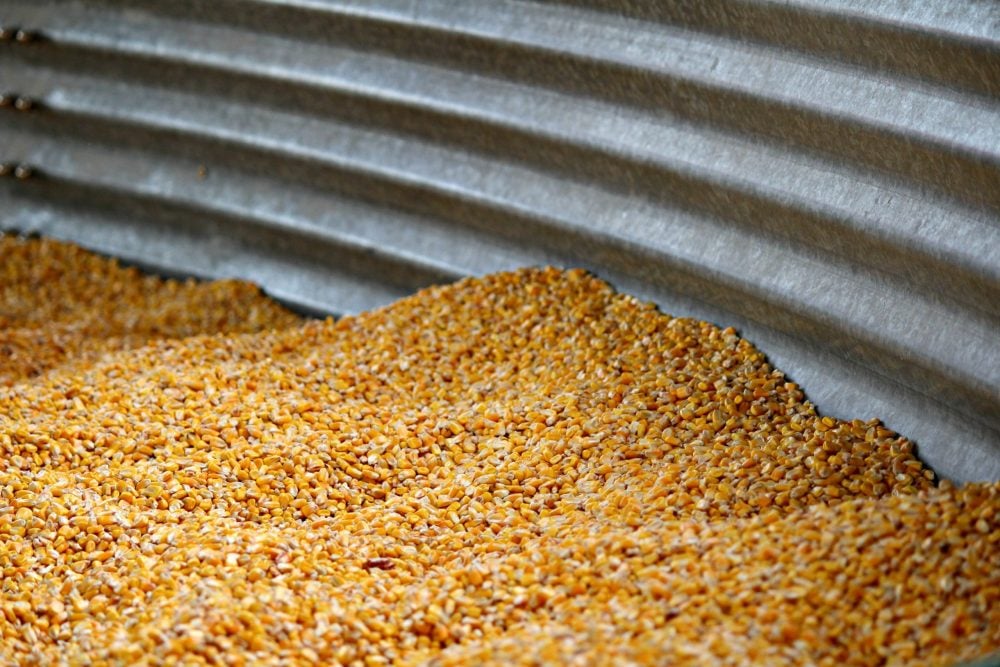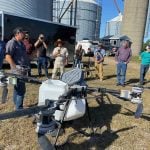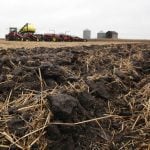Canadian chickpeas prices continue to weaken as the harvest begins, but factors outside of harvest pressure are seen as creating the market’s weakness.
“The whole pulse industry is struggling when you have currency instability, large crops and decent growing conditions,” said Greg Kostal, president of Kostal Ag Consulting in Winnipeg.
“In terms of chickpeas, Pakistan had a massive crop, so instead of them importing 300,000 tonnes of seven- or eight-mm Kabuli type equivalents, they could be exporting that much.”
Recent favourable monsoons in the Indian subcontinent should keep production healthy, he said. However, he added, even if that region produces good crops, imports shouldn’t decline too much.
Read Also

Feed Grain Weekly: Demand, activity slowly rising
While demand and activity is slowly ramping up for the fall cattle run, feed grain prices are currently in decline, said a Lethbridge, Alta.-based trader.
“It’s all about price and margin,” he said. “Typically you would associate larger crops requiring lower imports, but often what happens when you have larger crops, it means that farmers have more income, so they can eat and spend more money on food imports, therefore it doesn’t matter much.”
“I think what it does is it changes the tone from being aggressive, urgent and fearing that prices will go higher, into one of passiveness. Tonnage consumed and traded may not change a whole lot, but it’s just the attitudes towards how price discovery evolves,” Kostal added.
As of Tuesday, Prairie Ag Hotwire had Kabuli seven-mm topping out at 19.5 cents per pound, while Desi were as high as 22 cents/lb.
Canada’s chickpea harvest is in its very early stages, as farmers in Saskatchewan, where most of the country’s chickpeas are grown, are just beginning to combine crops.
Daphne Cruise, regional crops specialist with Saskatchewan’s agriculture ministry in Moose Jaw, said chickpeas are behind in development compared to normal years, which has led to only a small percentage being harvested at this point.
“I’d say it’s a week to 10 days behind what it normally is,” she said. “Usually chickpeas need to hang on longer than peas and lentils do, because they need a bit more growing time. They are starting to be harvested, and as far as yields go, I haven’t heard a lot because not much has been combined.”
According to the province’s Sept. 5 crop report, only six per cent of the province’s crop had been combined, with two per cent ready to be combined and the remaining 92 per cent still standing.
That lateness has led to some slight concerns about possible frost damage, but Cruise said cold weather likely won’t be a huge factor going forward.
“I think we should be able to avoid frost,” she said. “There might be a few of those later-seeded crops that might see damage, but I’m suspecting we should be okay for the most part.”
— Brandon Logan writes for Commodity News Service Canada, a Winnipeg company specializing in grain and commodity market reporting.














